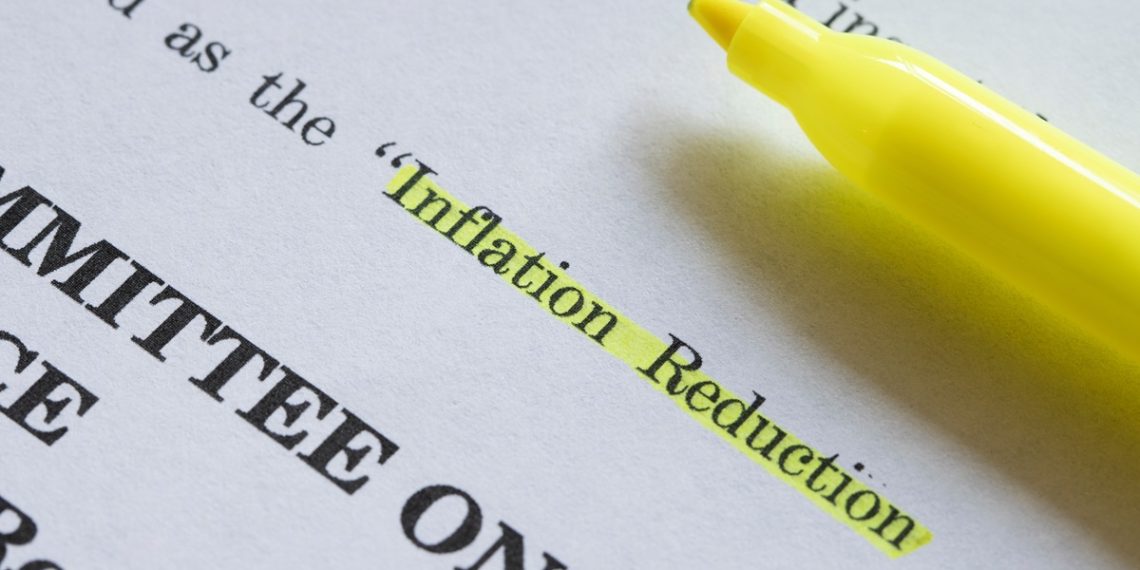The US federal government has provided clarity on electric vehicle (EV) and battery material sourcing for its Inflation Reduction Act (IRA) tax credits regarding “foreign entities”. The latest guidance outlines direct and indirect control of a company as well as ownership thresholds to determine if that company is subject to foreign entity of concern (FEOC) limitations.
Both the Bipartisan Infrastructure Law, which allocated US$6B of credits for batteries and the critical minerals required to make them, and the IRA’s cap of US$7,500 per car will be blocked off if certain critical minerals or battery components are sourced from FEOCs.
The thresholds set a standard for tax credit implementation, like restrictions on the semiconductor industry by the US Chips and Science Act and defines FEOCs specifically as China, Russia, North Korea, and Iran, barring them from inclusion in the highly coveted credits.
The rules incentivize the production of battery materials and components in the US and allied countries, and propose a criteria of a 25% ownership threshold for determining whether a company is controlled by a FEOC.
From 2024, no clean-energy vehicle can qualify for a subsidy if it contains any battery components that are manufactured or assembled by a FEOC. In 2025, the restrictions will widen to include any critical minerals in the battery that are extracted, processed, or recycled by a FEOC.
Companies are waiting to see how the rules will affect existing relationships and influence US trade agreements, such as the one being negotiated with Indonesia.
The impact is still unclear. The proposed rules could also boost metals producers in Canada and Latin America, along with companies advancing US projects, such as General Motors Co., which has a US$650M equity investment in Lithium Americas Corp. lithium project.
However, the new rules could also influence ongoing limited free trade agreement negotiations, particularly with rising nickel giant Indonesia, who the US has been attempting to work out a trade deal with despite its significant Chinese investment.
Some major miners of battery minerals, including those within countries that have free trade agreements with the US also have a degree of their shares or board positions held by entities in China. For example, SQM (Sociedad Química y Minera de Chile), the world’s second-largest lithium producer in 2022, has about 22% of its common shares held by China-based Tianqi Lithium Corp.
Chinese companies have also been deeply involved in Australia’s mining sector – as well as being major customers, refiners, and now show a growing interest in Australian local processing as well.
Additionally, it’s uncertain whether EV batteries like those produced at Ford and Chinese battery maker CATL’s (Contemporary Amperex Technology Co. Ltd.) Michigan plant would qualify for US tax credits under the latest guidance.
The latest guidance has also failed to define “non-traceable battery materials” that manufacturers will not be required to provide FEOC-compliant tracking information on. The US Treasury and Department of Energy (DoE), along with the IRS, are considering whether certain critical minerals contained in electrolyte salts, electrode binders, and electrolyte additives will qualify although they typically account for less than 2% of the value of critical minerals in a battery.
The DoE is accepting comments on the guidance until 3 January, while the Treasury Department and IRS guidance is open for public comment until 18 January.












